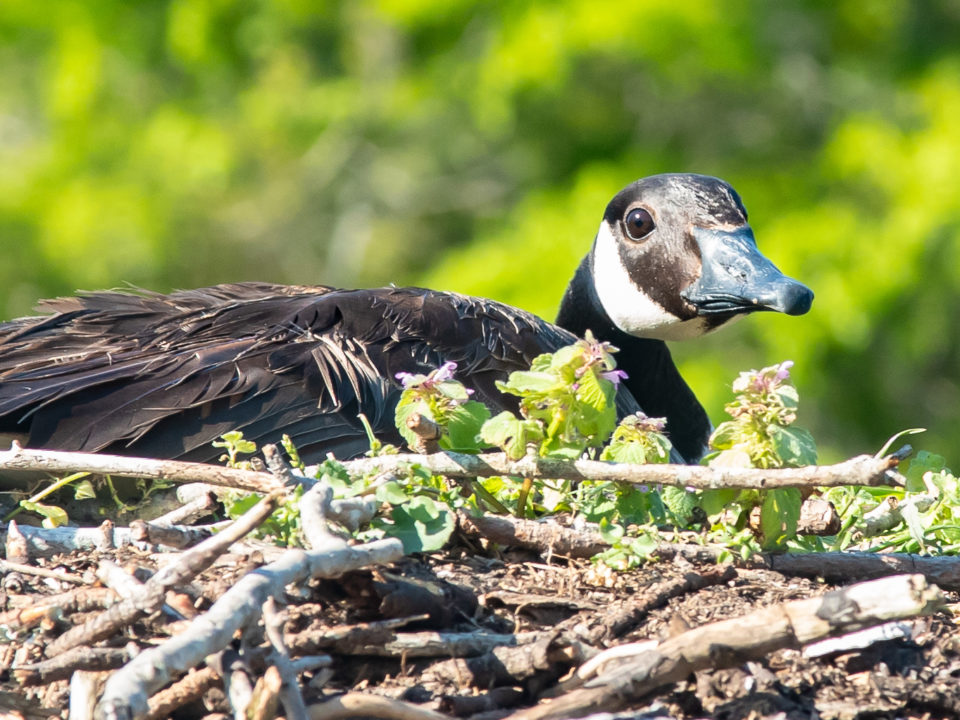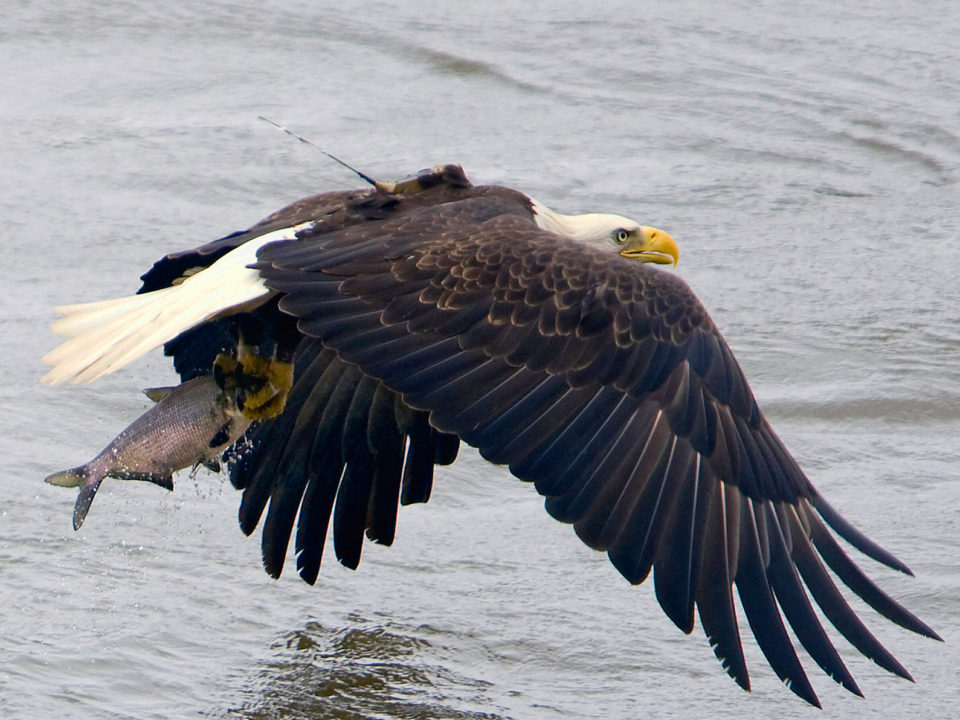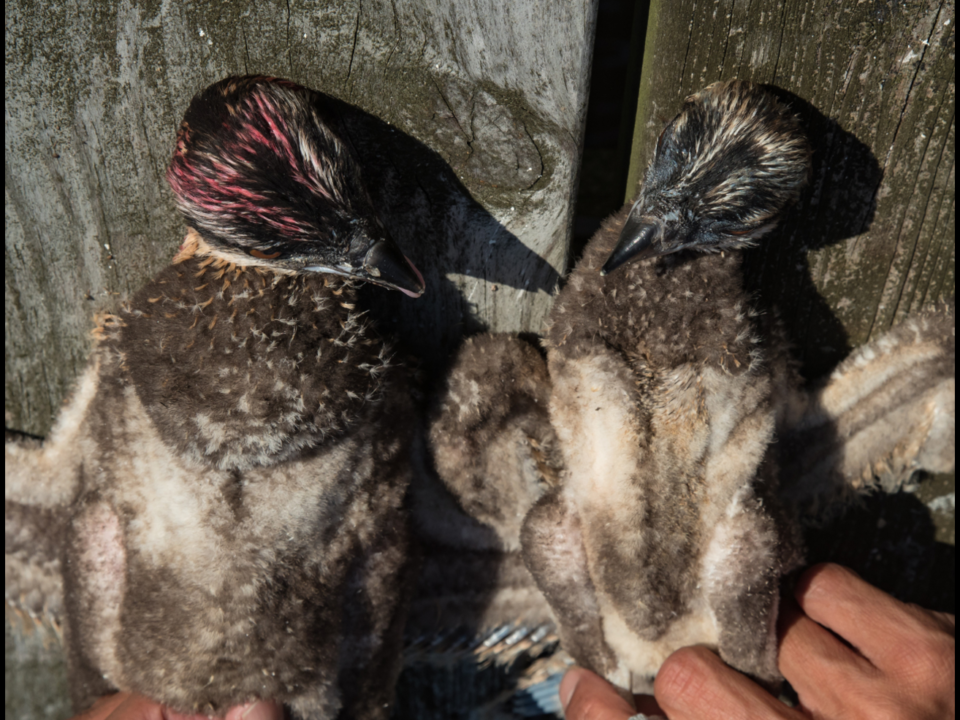Spring shorebird migration along the lower Delmarva Peninsula: the 2010 season
Aerial Display – What’s Going On?
July 3, 2010Waterbird community expands on the Upper Pee Dee (ALCOA)
July 4, 2010
Written by Bryan Watts
July 3, 2010

Whimbrel (Numenius phaeopus) on mudflat. Photo by Bart Paxton.
Many nearctic shorebirds breed in the northern latitudes of North America and winter in the tropical to temperate latitudes of Central and South America. Movements between breeding and wintering areas may cover thousands of kilometers and are energetically expensive. In order to fuel these flights, many species rely on a series of staging areas where they rebuild fat reserves prior to the next long-distance flight. Staging areas must contain unique combinations of needed resources because, for many species, relatively few sites are used. Some of these staging sites are known to support high percentages of entire world populations of certain species and have likely played a significant role in the evolution of their migration strategies. The lower Delmarva Peninsula in Virginia is a significant staging area for several shorebird species.
For the ninth year, Bryan Watts from the Center for Conservation Biology and Barry Truitt from The Nature Conservancy have conducted weekly aerial surveys of the shorebird community staging along the Delmarva. The flight includes all of the outer barrier islands from the MD/VA state line south to the mouth of the Chesapeake Bay and a series of ten east-west transects across the lagoon system. Surveys are flown from the third week of April through the second week of June at low altitude from a Cessna 172. The survey has documented population trends, migration phenology, and habitat use for several shorebirds.

Washover fan near the south end of Assawoman Island – The outer intertidal beaches along the Virginia barrier islands provide habitat for sanderling, red knot, black-bellied plover, dunlin and other species. Photo by Bryan Watts.

Textured mudflat at low tide within the lagoon system. These mudflats support the largest numbers of migrant shorebirds within the study area. Photo by Bryan Watts.
The surveys in 2010 counted more than 80,000 birds of several species including more than 46,000 observations of dunlin, 12,500 observations of red knots, and 9,500 observations of short-billed dowitchers. Other species included sanderling, black-bellied plover, ruddy turnstone, whimbrel, and willet. Hudsonian godwits were included in the survey for the first time when 15 individuals were flushed from a mudflat along the north end of Mockhorn Island.
Project sponsored by the Center for Conservation Biology (CCB), The Nature Conservancy (TNC) and the Virginia Department of Game & Inland Fisheries (VDGIF).
Related posts
A brood of osprey in Mobjack Bay showing a well-fed chick (left) and an emaciated chick (right). The chick on the right would die the following week due to starvation. Work in Mobjack Bay over a 40+ year period has shown that both reproductive rates and food delivery rates have declined dramatically. The decline in provisioning has led to an increase in brood reduction or chick loss due to starvation. Photo by Bryan Watts.



